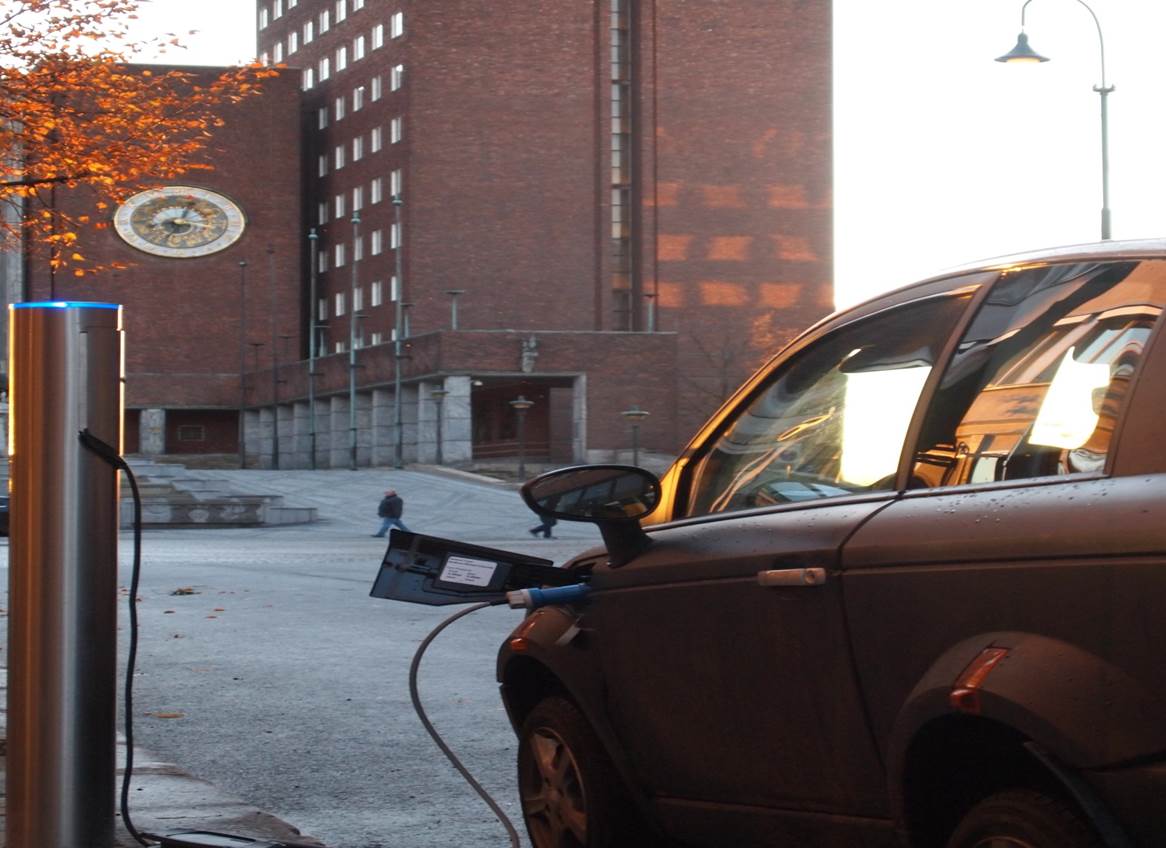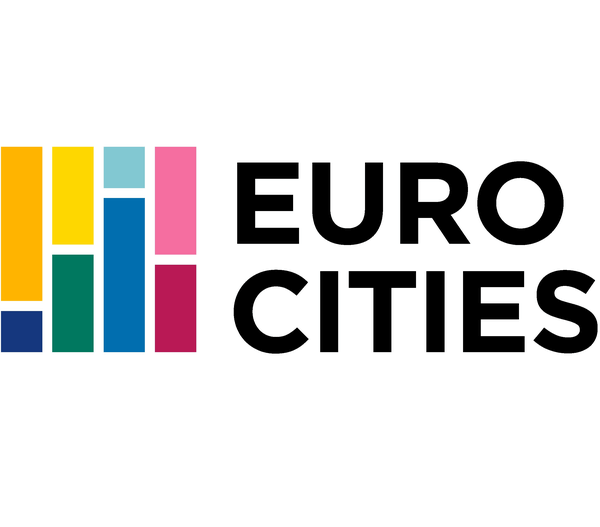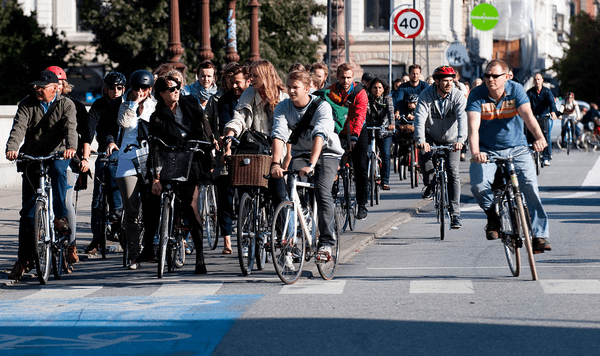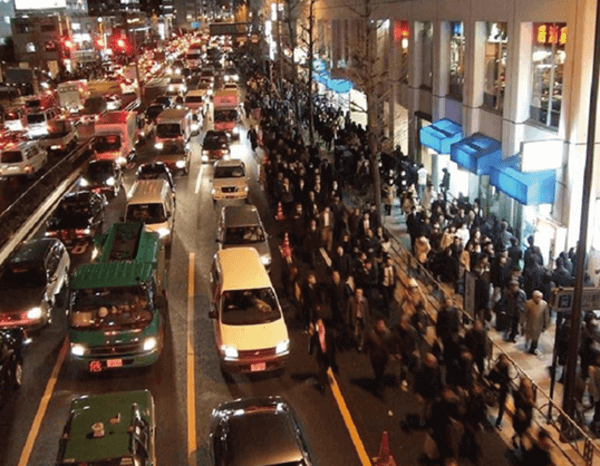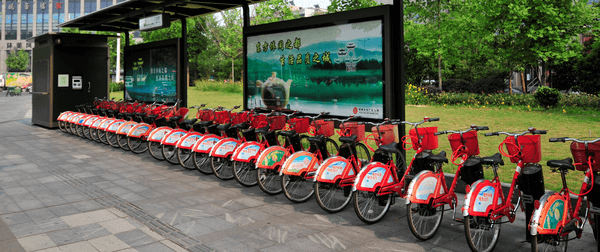City
Oslo
Main actors
City Government, National Government, other
Project area
Whole City/Administrative Region
Duration
Ongoing since 2008
With 60% of emissions in Oslo coming from the transport sector, encouraging people to use electric vehicles (EVs) has the potential to make a real difference. In 2008, Oslo adopted a ten-point plan to reduce CO2 emissions, to which the large scale introduction of EVs plays a big part.
With 6,615 electric vehicles registered in Oslo, residents clearly find driving one a convenient option in the city. Oslo has gone to great lengths to ensure that electric car drivers have everything they need to make their journeys as comfortable as possible, including frequent charging points, dedicated parking spaces and access to bus lanes. This is part of Oslo’s ambitious greenhouse gas reduction plans for 2030, towards which the transport sector is a big contributor. The city liaised with environmental stakeholders to develop the best approach to increasing the uptake of electric vehicles, including consulting on the quantity and location of charging points. The city provides grants to ensure all municipal vehicles are emissions free by 2015, while the removal of VAT on electric cars at national level has helped reinforce the measures being taken at city level.
Originally published by EUROCITIES, the network of 130 European cities - PDF: http://nws.eurocities.eu/MediaShell/media/Nov14_citiesinaction_electricvehicles_Oslo.pdf
Eurocities Awards
This project was shortlisted for the 'Eurocities Awards' in 2014 in the following category: Innovation.
On Map
The Map will be displayed after accepting cookie policy
